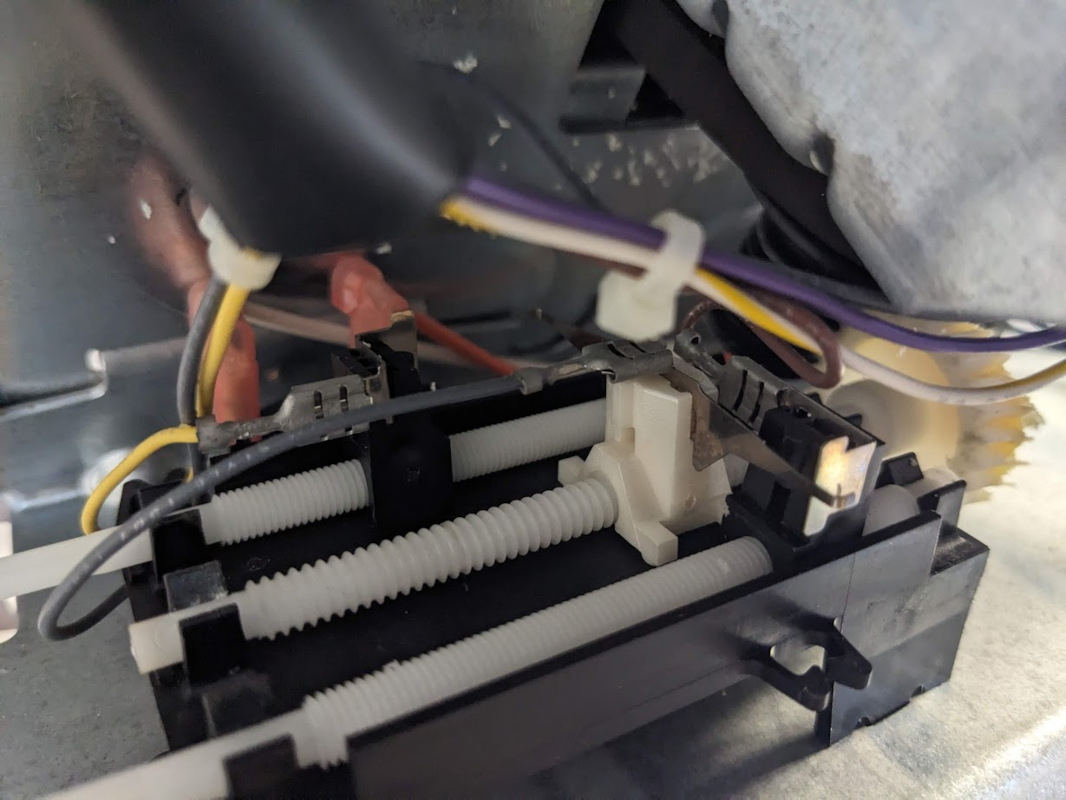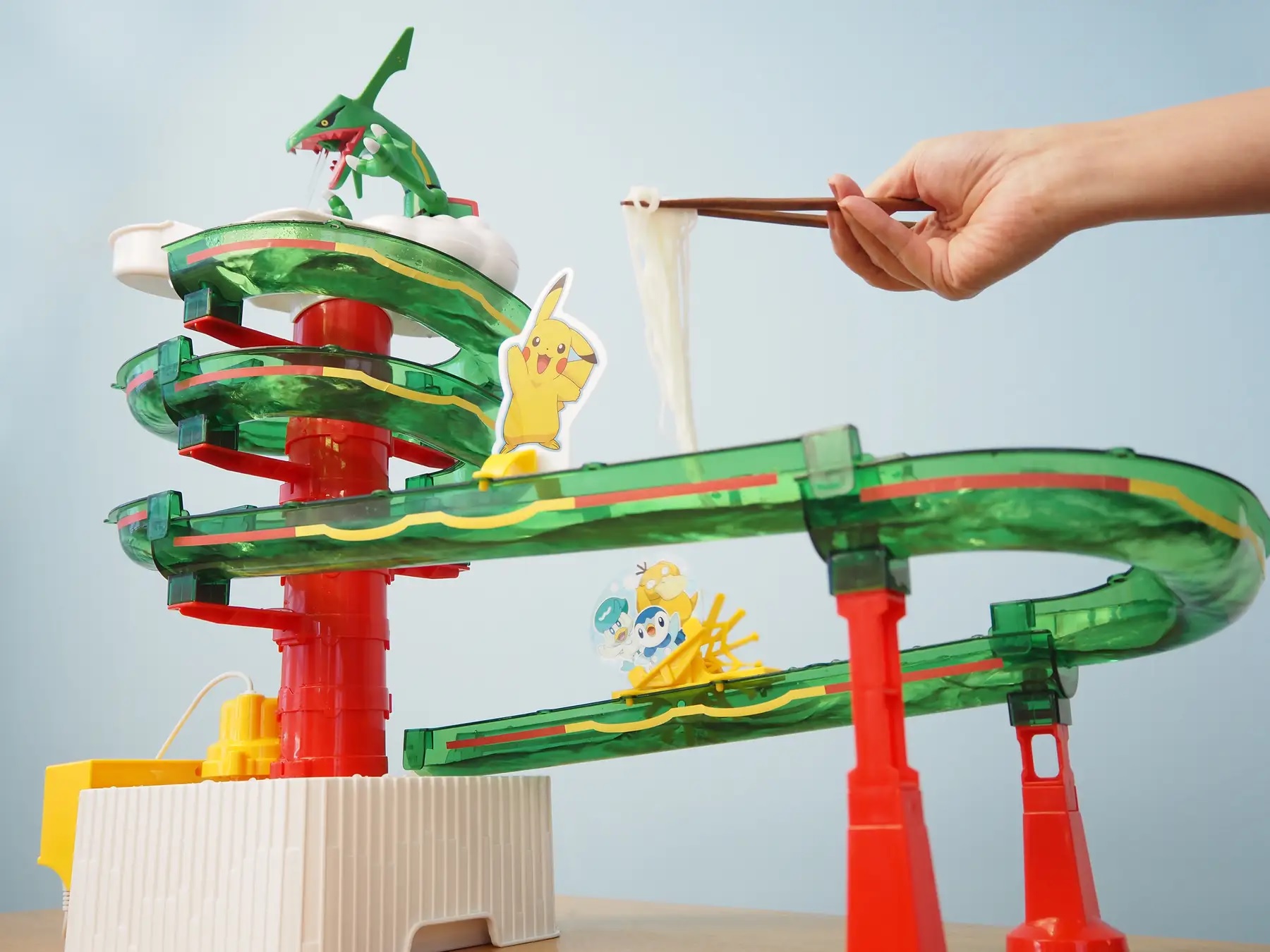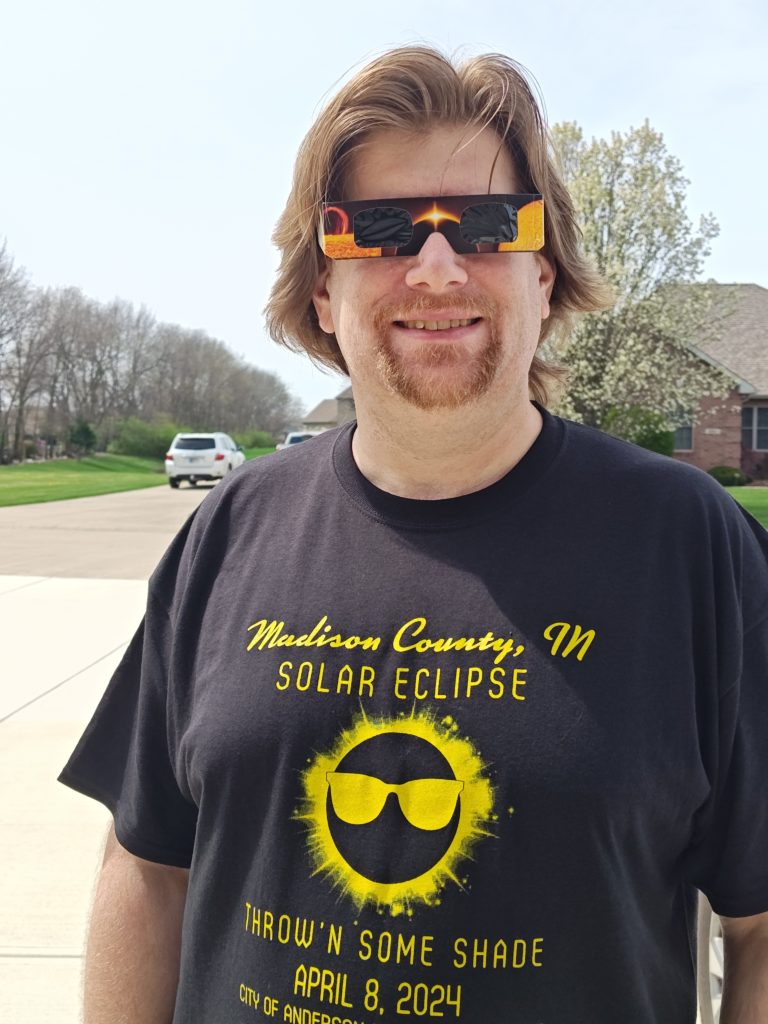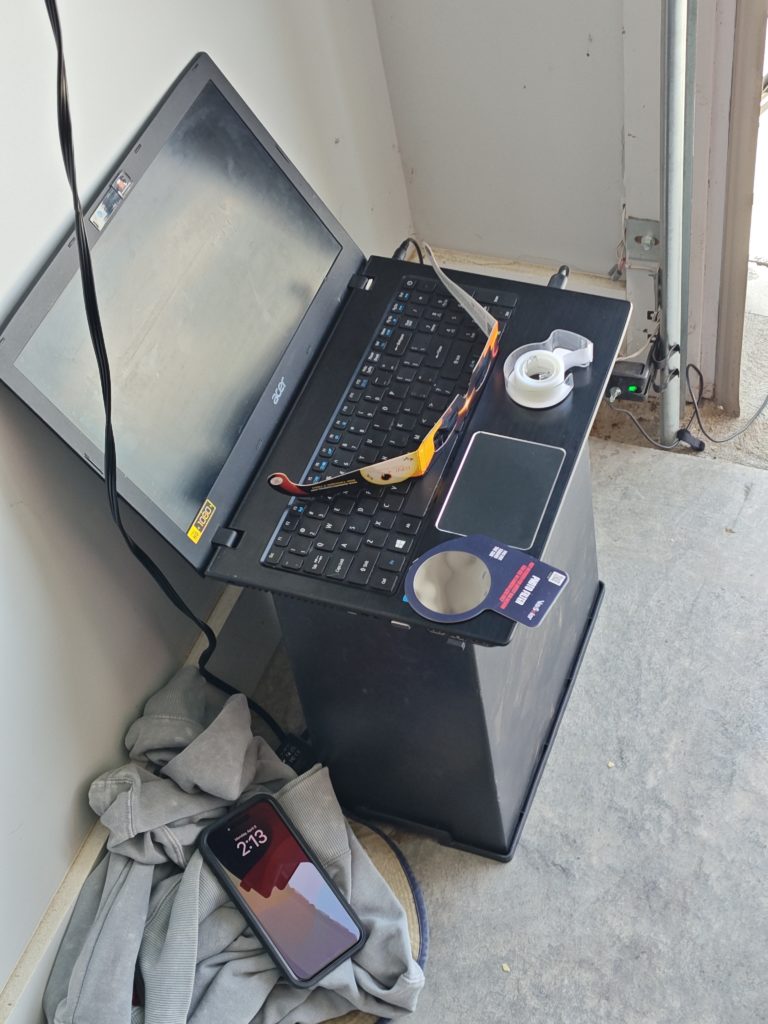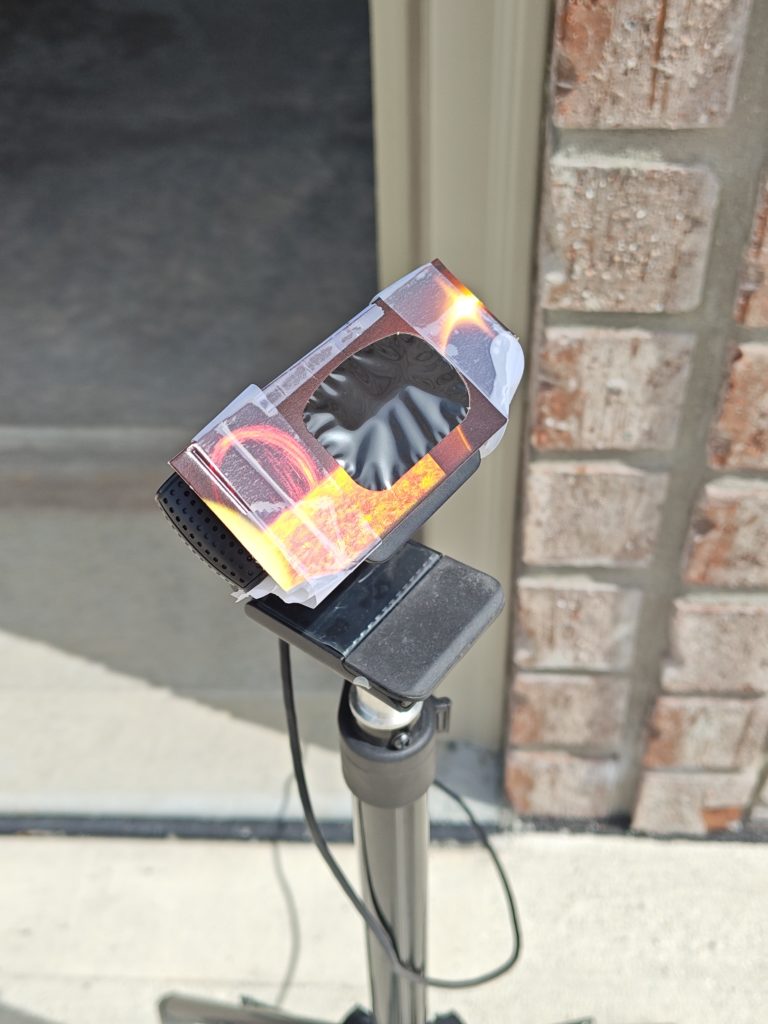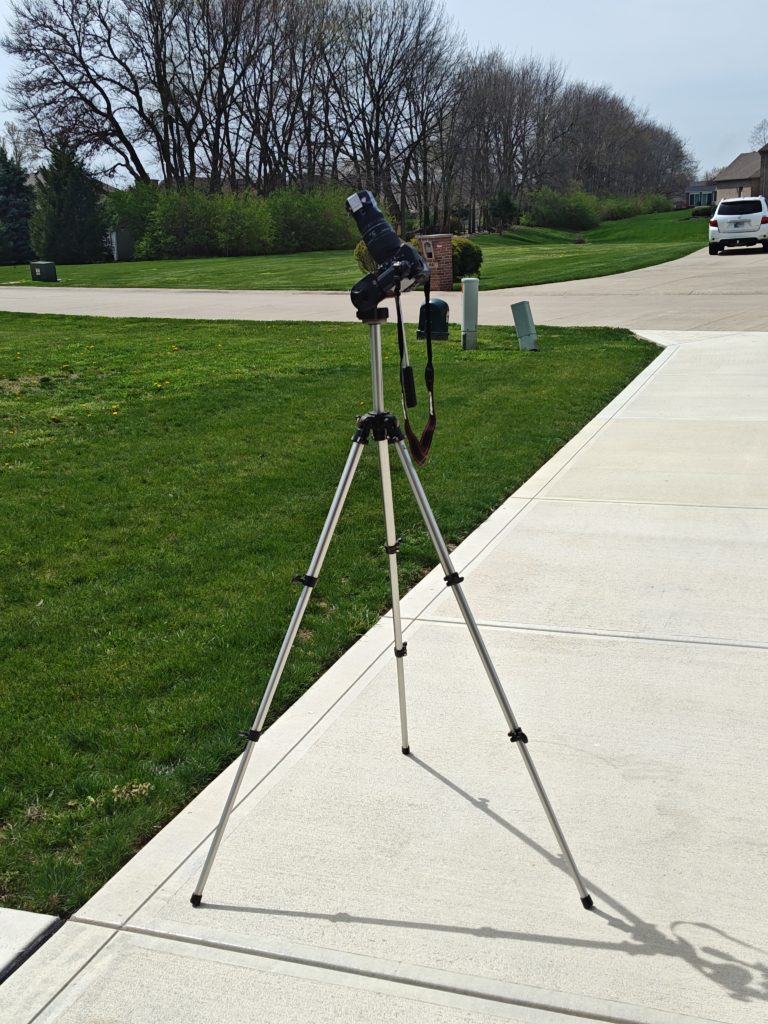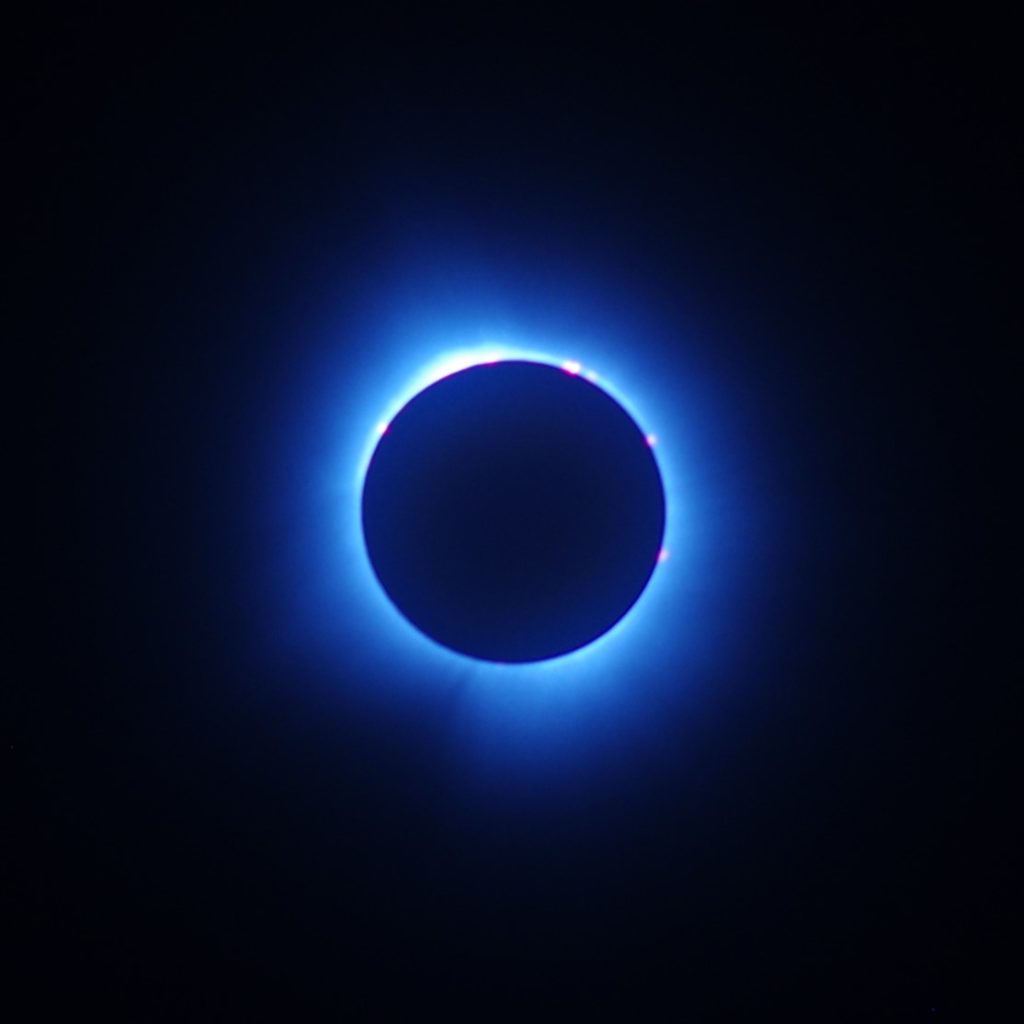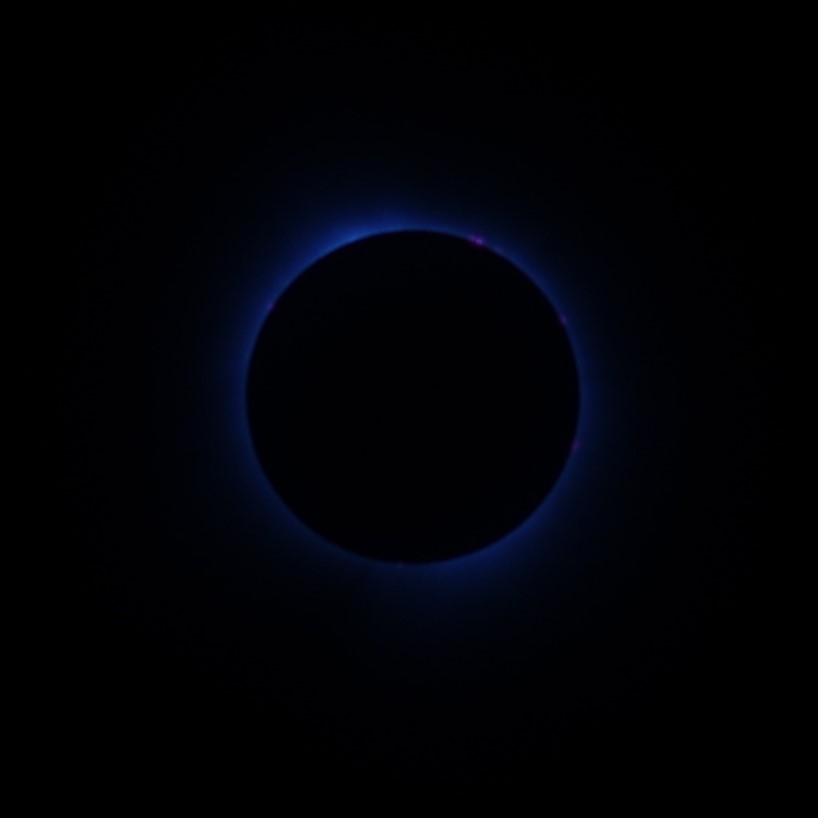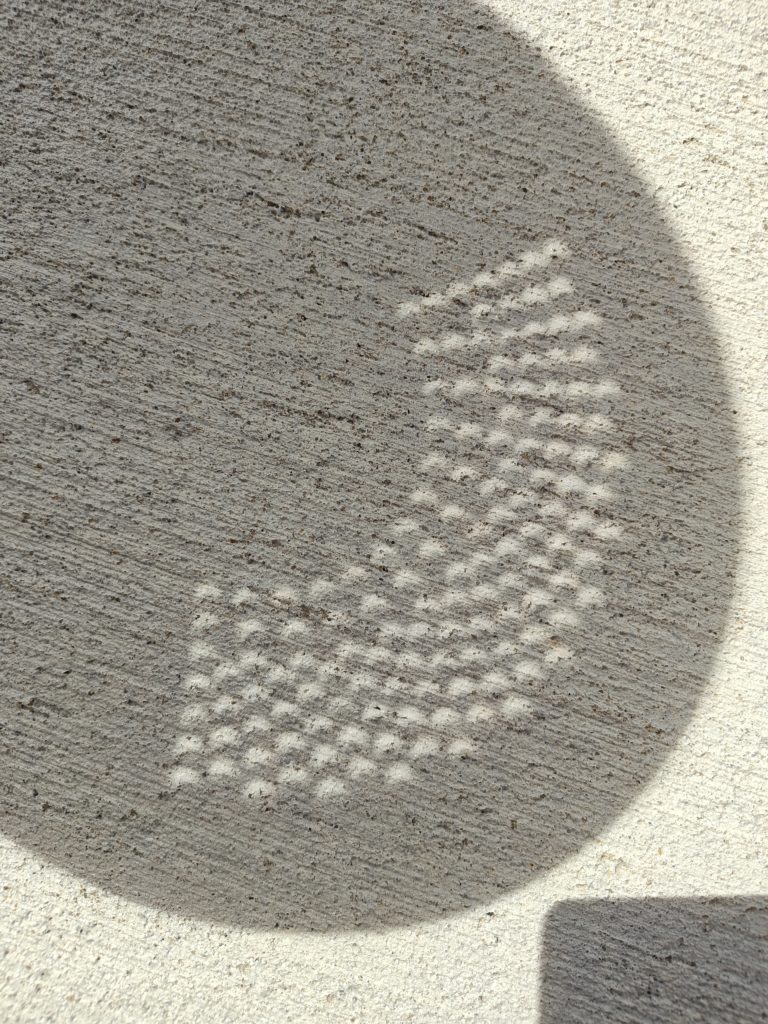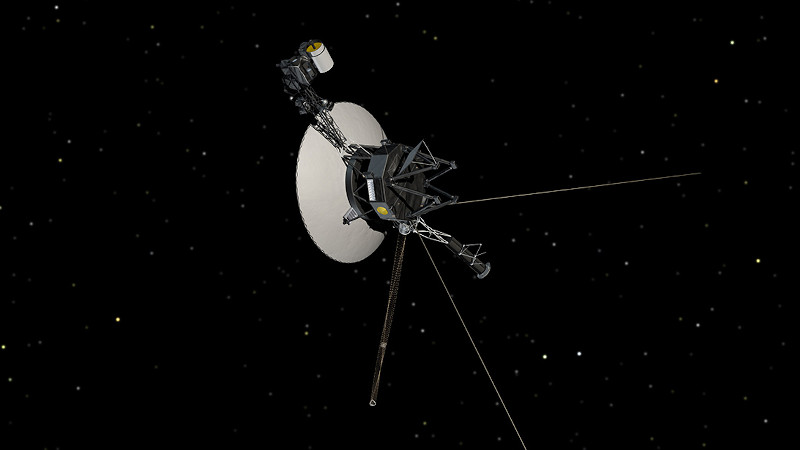Friday 2024-04-12 – Link List
Blogging Intensifies Link List for Friday 2024-04-12
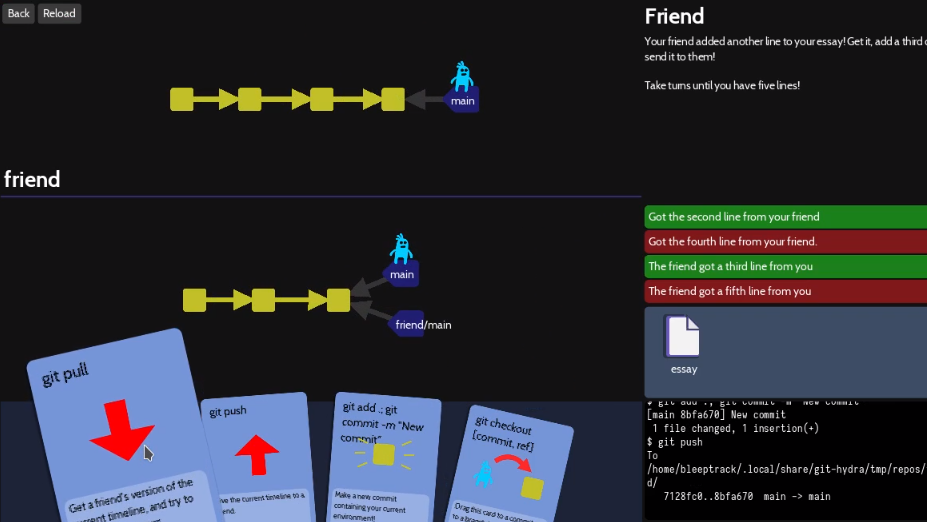
12-Apr-2024 – Git Good, By Playing a Gamified Version of Git
Brief Summary: “What better way to learn to use Git than a gamified interface that visualizes every change? That’s t”
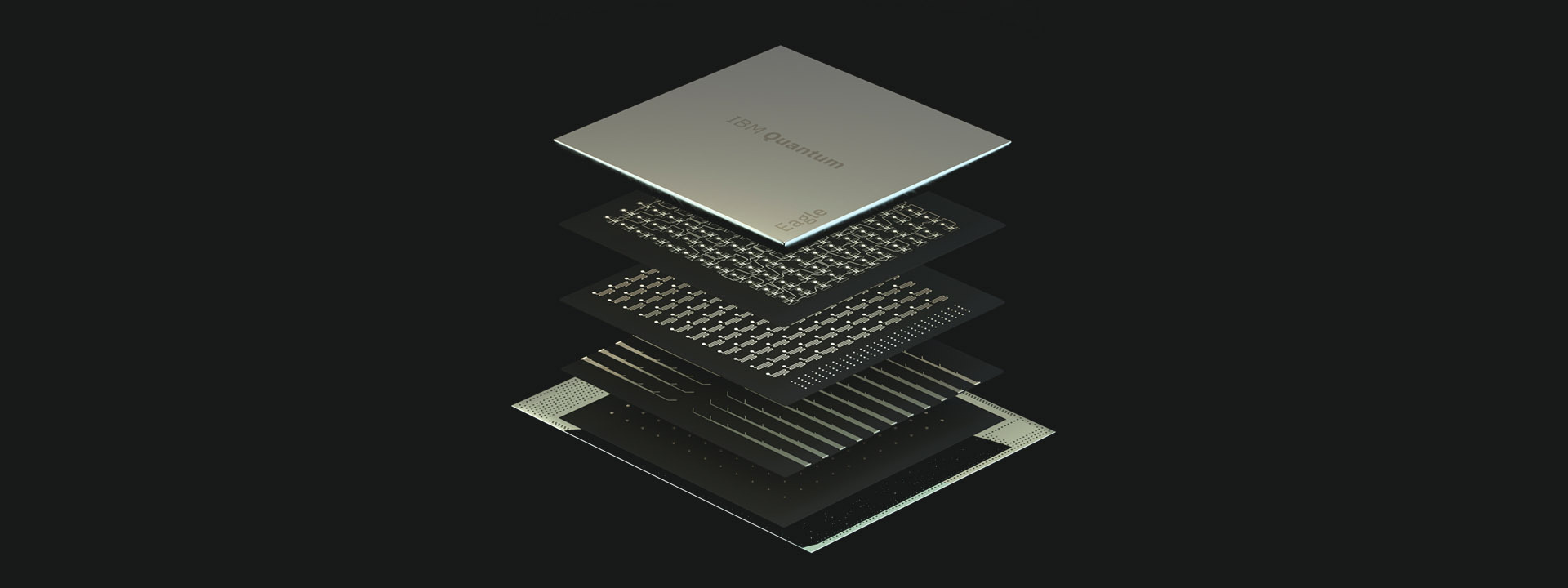
12-Apr-2024 – Beating IBM’s Eagle Quantum Processor On An Ising Model With a Classical Tensor Network
Brief Summary: “The central selling point of qubit-based quantum processors is that they can supposedly solve certai”
12-Apr-2024 – Lizzy McAlpine – Older
Brief Summary: ”
Label: Columbia RecordsReleased: 5th April 2024
Basking in the afterglow of a viral hit can be a”

12-Apr-2024 – The Future Looks Bleak for Alexa Skill Development
Brief Summary: “While the average Hackaday reader is arguably less likely than most to install a megacorp’s listenin”
12-Apr-2024 – Dua Lipa has released a new single inspired by knowing what you’re getting into, ‘Illusion’
Brief Summary: ”
Dua Lipa released a new single, ‘Illusion’.
The track coincides with tickets going on sale for h”
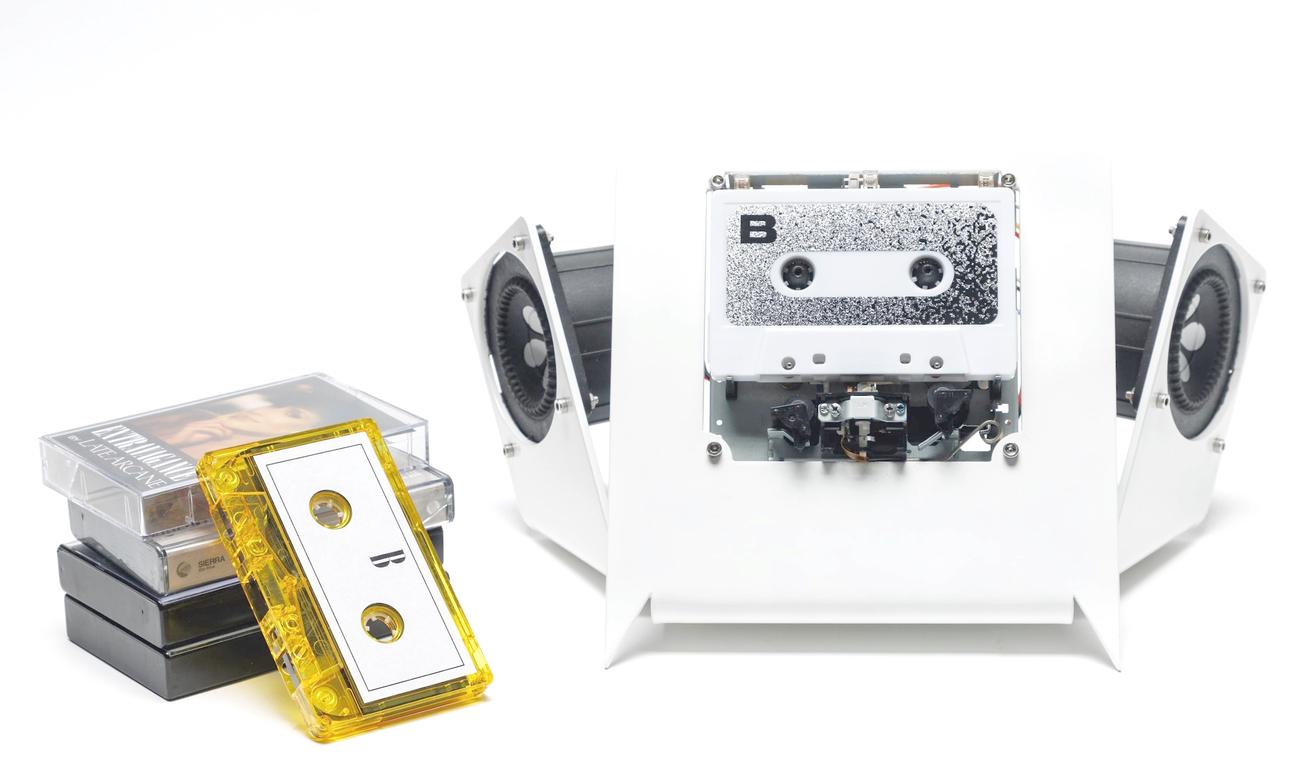
12-Apr-2024 – Make Your Music Simpler With the User-Unfriendliest Cassette Deck Ever
Brief Summary: “Call us crazy, but music was a whole lot more fun when it was on physical media. Or perhaps just eas”
